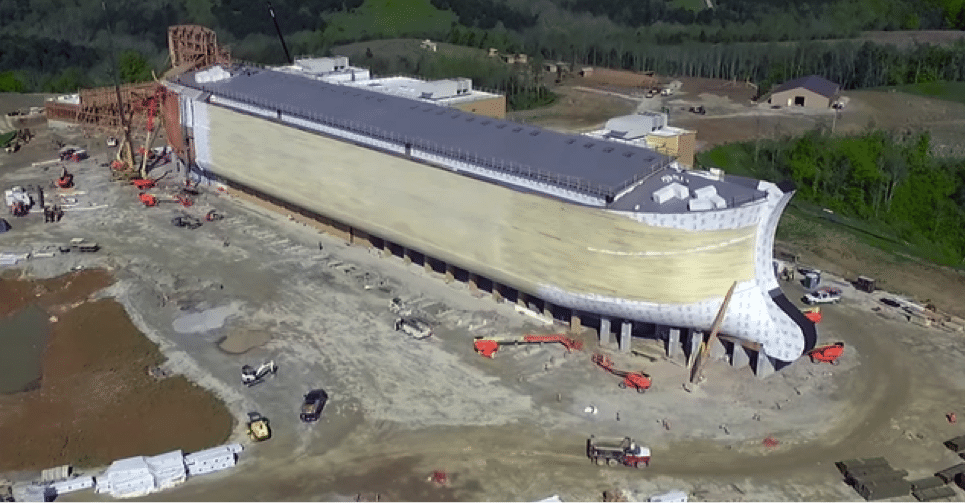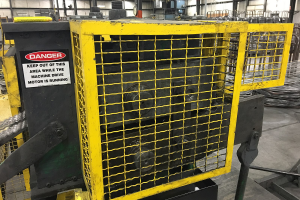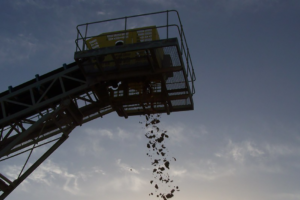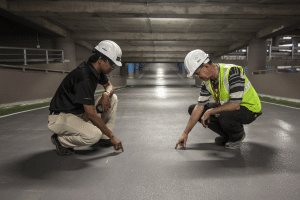June 2016 newsletter
- 6 tips to help small businesses with OSHA compliance
- FDRsafety helps launch Ark Encounter project
6 tips to help small businesses with OSHA compliance
By Jim Stanley, President of FDRsafety
If you asked the typical small business man or woman if he or she wanted to protect their employees from workplace accidents, the answer would, of course, be yes. However, the reality of day-to-day operations in most small businesses makes it difficult to focus on safety in the workplace.
Yet the consequences of not doing so can be enormous – injuries or fatalities in the workplace, OSHA fines and/or third-party lawsuits, and severe damage to the reputation of the small business that the owner worked so hard to build.
First and foremost, small business owners and operators must get their occupational safety and health issues in order because it is the “right thing to do.” In addition, OSHA compliance requires them to do so. All businesses with one or more employees that affect interstate commerce are subject to requirements of the federal Occupational Safety and Health Act. This Act requires that every employer provide a workplace free from recognized hazards that are causing or are likely to cause death or serious physical harm to their employees. (Small organizations – those with 10 or fewer employees – are partially exempt from OSHA recordkeeping requirements.)
OSHA regulations in many cases are complex, and may be difficult for small businesses to fully understand, but there are some basic steps that can be taken to reduce the risk of non-compliance:
- Establish a safety plan. Every industry is different, and even within industries individual workplaces can and do have unique hazards. Identify the hazards and potential hazards in your workplace, and create a workplace safety plan to address them, with safe-work rules to back it up.
- Enforce safe-work rules. Some small businesses leave it up to their employees to work safely, with no accountability. This is a path that may cause huge problems.
- Provide appropriate personal protective equipment. One of the most common workplace safety issues in small businesses is the failure to provide the personal protective equipment (PPE) that employees need to keep safe. Depending on the worksite, PPE can include any or all of the following: hard hats, safety glasses, face shields, protective gloves, hearing protection, appropriate respirators, protective footwear, flame-resistant/flame retardant clothing, and more.
- Conduct necessary training. Examples include the use of forklifts, aerial lifts, and cranes, as well as lockout, confined-space and electrical safe work practices. Small businesses sometimes erroneously believe that they don’t need training because they have never had a workplace accident.
- Motivate workers to act safely. Two small businesses with the same workplace safety plans, training, and equipment can have significant differences in safety performance, depending on the attitude and resulting behavior of their employees. Workers who want to act safely have many fewer accidents than those who feel that following safety rules is just another thing they have to do. Motivate your employees to work safely by helping them understand why it’s important to be safe.
- Get help if you need it. Many small businesses can’t afford a full-time safety professional, nor do they necessarily need one. Outside consultants can help by identifying hazards, reviewing procedures, and helping create a plan to work safely, and then assisting the small business in working that plan.
Some good advice overall is to keep it simple: Establish a safety plan, work the plan, and hold everybody accountable. The safety of your employees and the success of your small business may depend on it.
Jim Stanley, President of FDRsafety, is a former Deputy Assistant Secretary of Labor for OSHA. He may be contacted at jstanley@fdrsafety.com or 1-888-755-8010.
FDRsafety helps launch Ark Encounter project
The Ark is built according to the dimensions given in the Bible, and is 510 feet long, 85 feet wide, and 51 feet high. A photo of the Ark under construction is seen below.



